The Portuguese property market has been gaining momentum in recent years, driven by a combination of factors, including the country’s stable economy, low taxes, and exceptional quality of life.
Property Market-Index has worked alongside Portugal Pathways to provide an in-depth overview of the current state of the property market in Lisbon, comparing it to other regions of Portugal, namely the Algarve, the Silver Coast, Porto, Braga and the Azores and Madeira archipelagos.
Portugal Pathways has first-hand experience navigating Portugal’s visa and Non-Habitual Residency (NHR) tax systems and the new Incentivised Tax Scheme (ITS) tax regime planned for new entrants in Portugal in 2024 and uses this experience to enhance the wealth & tax benefits for affluent expat clients when relocating to Portugal from the UK, US, Canada, Brazil, South Africa, Germany, France, Hong Kong and many other countries.
Below is our combined findings on each location, as well as Portugal as a whole.
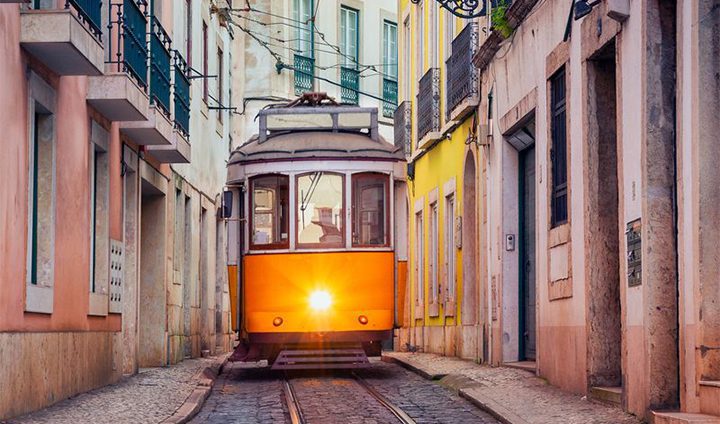
Lisbon Real Estate Analysis:
The capital and largest city of Portugal, Lisbon stands as a popular destination for tourists and investors alike. The city pulsates with a vibrant culture, a diverse array of neighbourhoods, and a robust economy. The average price per square meter for property in Lisbon hovers around €4,000, but prices can significantly vary depending on location, size, and property condition.
Positives:
Vibrant culture and lifestyle
Diverse range of neighbourhoods
Strong economy
Excellent infrastructure
Easy access to international airports and lively neighbouring towns like Sintra, Cascais, and Comporta, for instance.
Negatives:
Higher cost of living compared to the rest of Portugal
Limited parking availability
Traffic congestion

Algarve Real Estate Analysis:
The Algarve, nestled in southern Portugal, is renowned for its stunning beaches, warm and sunny climate, and world-class golf courses. The average price per square meter for property in the Algarve averages around €2,500, but prices can fluctuate depending on the specific location.
Positives:
Picturesque beaches
Plentiful sunshine (over 300 days annually)
Exceptional golf courses
Prosperous tourist economy
Negatives:
Certain areas are overdeveloped
Higher cost of living in specific areas
Seasonal fluctuations in demand
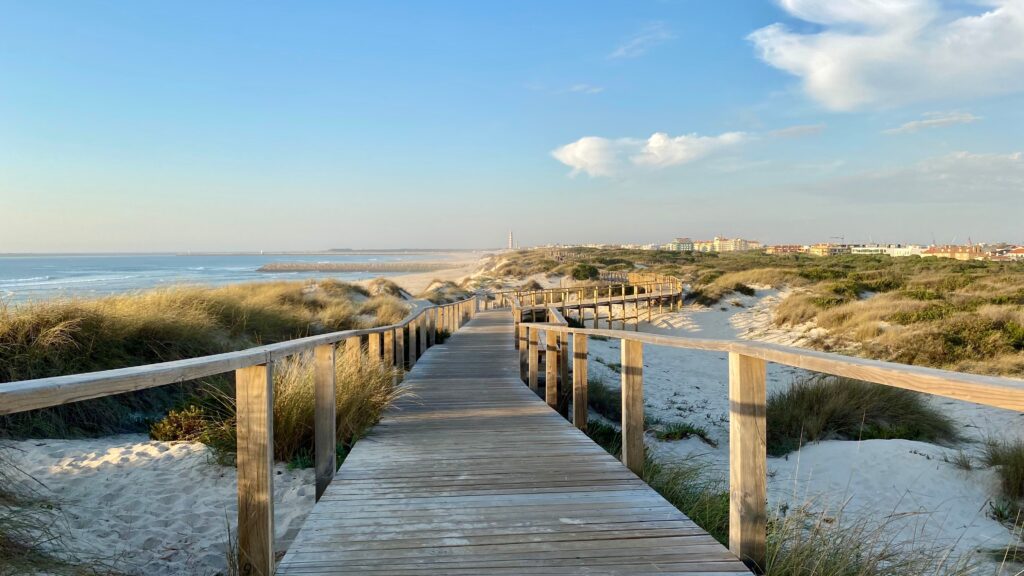
Silver Coast Real Estate Analysis:
The Silver Coast, situated in central Portugal, is distinguished by its beaches, surfing allure, and charming historic towns. The average price per square meter for property on the Silver Coast ranges around €1,500, varying depending on specific location.
Positives:
More affordable than the Algarve
Less developed than the Algarve
Stunning beaches
Thriving surf culture
Negatives:
Limited access to international airports
Fewer amenities than the Algarve
More rural atmosphere
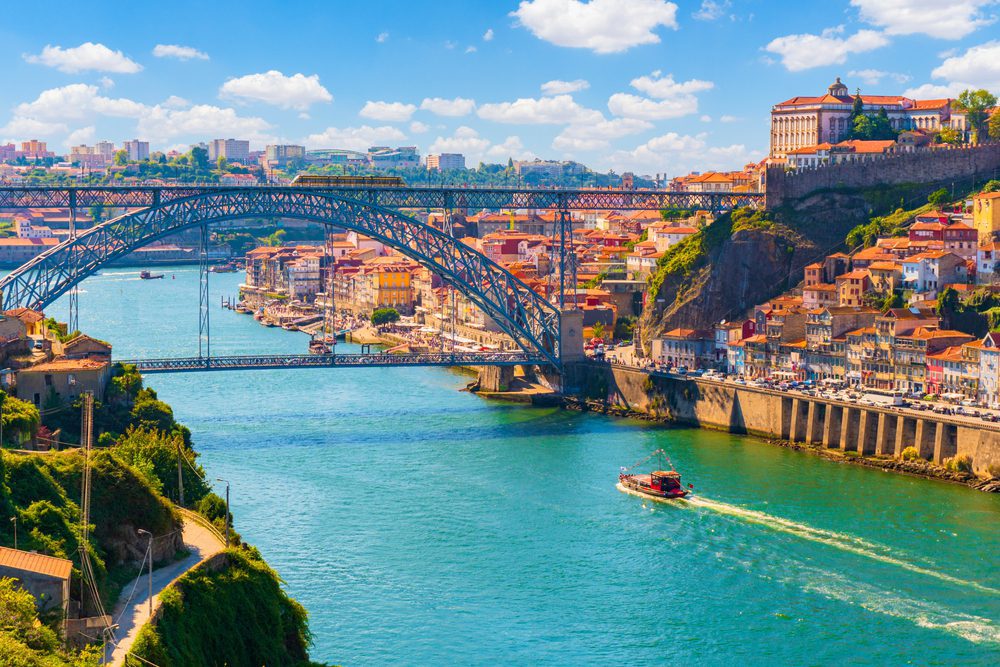
Porto Real Estate Analysis:
As Portugal’s second-largest city, Porto is recognized for its captivating historic centre, renowned port wine, and welcoming people. The average price per square meter for property in Porto averages around €3,000, though prices can vary based on location, size, and property condition.
Positives:
Gorgeous historic centre
World-class port wine heritage
Friendly and hospitable locals
More affordable compared to Lisbon
Negatives:
Limited access to international airports
Fewer amenities than Lisbon
More humid climate
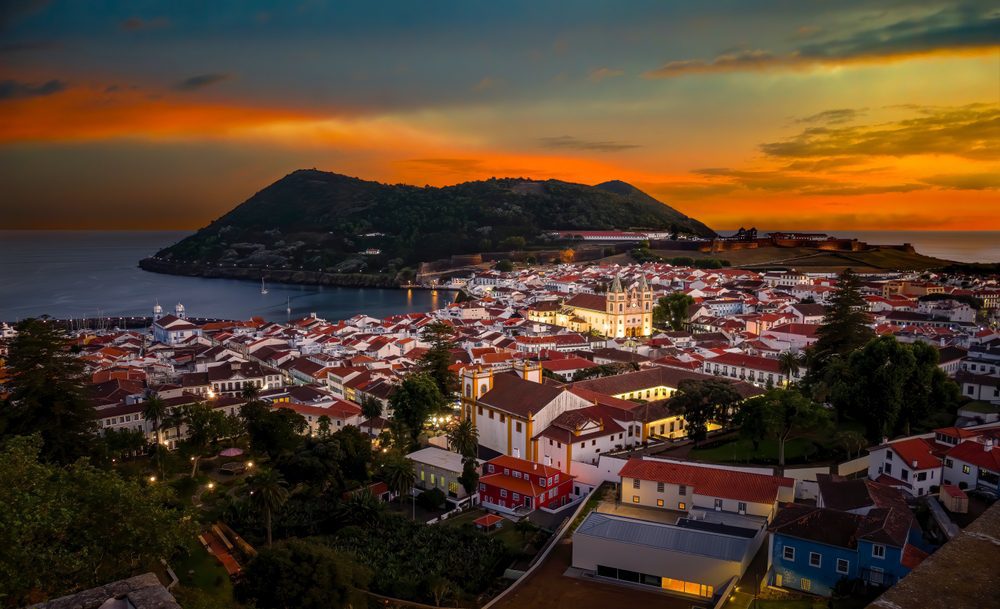
Azores Real Estate Analysis:
The Azores archipelago, nestled in the Atlantic Ocean, is renowned for its volcanic landscapes, lush greenery, and warm hospitality. The average price per square meter for property in the Azores ranges from €2,000 to €3,000.
Positives:
Tranquil volcanic landscapes
Plentiful greenery
Friendly and welcoming locals
Opportunities for outdoor activities
Negatives:
Remote location
Limited international airport access
More expensive than the mainland
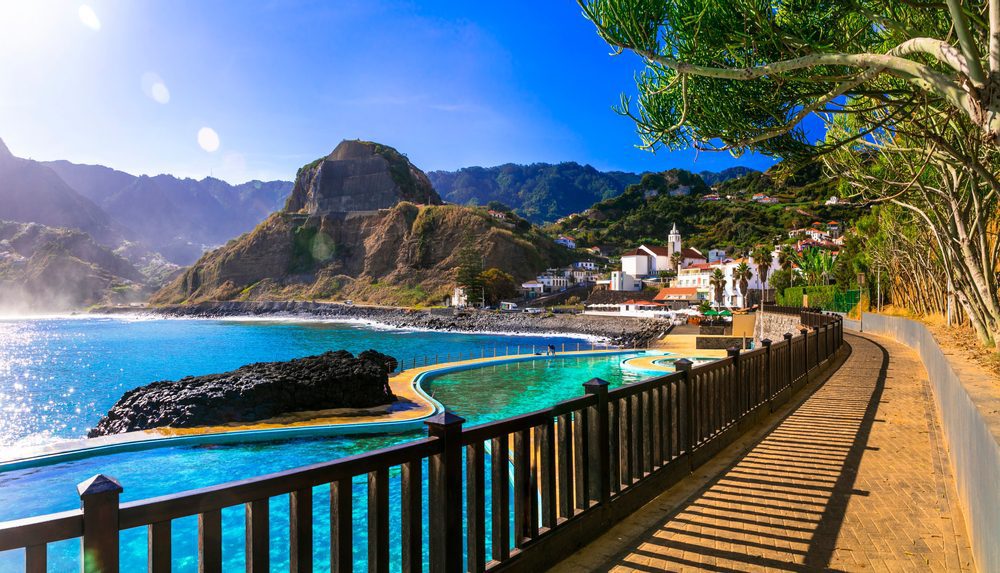
Madeira Real Estate Analysis:
Madeira, another volcanic island paradise, is known for its stunning scenery, pleasant climate, and rich cultural heritage. The average price per square meter for property in Madeira ranges from €2,500 to €4,000.
Positives:
Spectacular landscapes
Pleasant and mild climate
Rich cultural heritage
Opportunities for hiking and water sports
Negatives:
Remote location
Limited international airport access
More expensive than the mainland
Supply and Demand
The supply and demand dynamics for property in Portugal are currently imbalanced. There is a high demand for property, particularly in Lisbon and the Algarve, while the supply remains limited. This has led to price increases in recent years, and this trend is expected to continue in the most sought-after areas.
Outlook
The outlook for the Portuguese property market remains positive. The economy is projected to continue growing, and there is a strong demand for property from both domestic and international buyers. However, the rising cost of living in Lisbon and the Algarve, along with the limited availability of property, are likely to pose challenges. Despite these concerns, Portugal still compares favorably to most established international real estate markets, and its excellent healthcare, educational system.
Portugal: A Comprehensive Overview
Portugal, a captivating nation nestled on the Iberian Peninsula, boasts a rich history, stunning landscapes, and a vibrant cultural tapestry. From its picturesque coastlines to its charming historical towns, Portugal offers a diverse array of experiences for travellers seeking adventure, relaxation, and cultural immersion.
Location and Geography
Portugal occupies the westernmost point of the Iberian Peninsula, bordering Spain to its east and the Atlantic Ocean to its west, south, and north. Its terrain encompasses diverse landscapes, from the rugged Serra da Estrela mountains in the interior to the expansive Alentejo plains and the picturesque Algarve coastline. The country’s islands, Madeira and the Azores, further enhance its geographic diversity, offering volcanic wonders and sub-tropical climates.
History and Culture
Portugal’s history is deeply intertwined with the sea. As a maritime power, Portugal played a pivotal role in shaping world trade and exploration during the Age of Discovery. This legacy is evident in its architectural gems, such as the Jerónimos Monastery in Lisbon and the Belém Tower, as well as its cultural traditions, including Fado music and the art of azulejo tiles.
Cities and Towns
Portugal’s cities are a vibrant blend of historical charm and modern living. Lisbon, the capital and largest city, exudes a cosmopolitan atmosphere, with its medieval Alfama district, Belém’s UNESCO-listed sites, and the iconic São Jorge Castle. Porto, Portugal’s second-largest city, captivates with its UNESCO-listed Ribeira district, its iconic Dom Luís I Bridge, and its lively port wine scene.
Towns Near Lisbon
Vila Nova de Gaia: A charming riverfront town across the river from Porto, Vila Nova de Gaia is renowned for its port wine cellars and stunning views of Porto.
Sintra: A picturesque town nestled in the Serra de Sintra mountains, Sintra is known for its UNESCO-listed Pena National Palace, its whimsical Quinta da Regaleira, and its enchanting Moorish Castle.
Óbidos: A walled medieval town, Óbidos exudes a captivating charm with its narrow cobblestone streets, whitewashed houses, and charming restaurants.
Towns Near Porto
Aveiro: Aveiro, known as the “Venice of Portugal,” is renowned for its canals lined with pastel-coloured houses, its colourful moliceiros boats, and its delicious Ovos Moles delicacies.
Guimarães: The birthplace of Portugal, Guimarães boasts a UNESCO-listed medieval city centre, a majestic castle, and a vibrant cultural scene.
Porto Santo: A beautiful island in the Madeira archipelago, Porto Santo is known for its golden sands, its pristine beaches, and its healing thermal springs.
Comparisons
Lisbon and Porto are Portugal’s two main metropolitan centres, each offering a unique blend of attractions and experiences. Lisbon exudes a relaxed and cosmopolitan atmosphere, while Porto retains a more traditional and authentic character.
Azores and Madeira
The Azores and Madeira, Portugal’s autonomous regions, are archipelagos located in the Atlantic Ocean, offering a departure from mainland Portugal. The Azores are characterized by volcanic landscapes, lush forests, and a temperate climate, while Madeira boasts sub-tropical temperatures, stunning cliffs, and a rich viticultural heritage.
Metrics and Comparisons
Here’s a table summarizing key metrics and comparisons between Lisbon, Porto, the Azores, and Madeira:
| Factor | Lisbon | Porto | Azores | Madeira |
| Population | 505,521 | 241,272 | 251,872 | 238,776 |
| Cost of Living | Moderate | Moderate | High | Moderate |
| Weather | Mediterranean | Mediterranean | Temperate | Subtropical |
| Atmosphere | Cosmopolitan | Traditional | Tranquil | Relaxed |
| Must-Visit Attractions | São Jorge Castle, Jerónimos Monastery, Belém Tower | Ribeira district, Dom Luís I Bridge, port wine cellars | Volcanic landscapes, Serra de Água de Pau, Sete Cidades caldera | Stunning cliffs, Ponta do São Lourenço, Madeira Wine Region |
| Activities | Fado concerts, exploring Alfama district, visiting Jerónimos Monastery | Port wine tasting, admiring panoramic views from Ribeira district, exploring historical sites | Hiking in nature trails, whale watching, exploring traditional villages | Hiking in Levada trails, admiring volcanic landscapes, visiting national parks |
Conclusion
Portugal, with its diverse landscapes, rich history, vibrant culture, and welcoming people, offers an unforgettable travel experience. Whether exploring the cosmopolitan charms of Lisbon, the historic wonders of Porto, the volcanic beauty of the Azores, or the sub-tropical paradise of Madeira, Portugal promises a journey of discovery. It has great healthcare, low crime, and rates 7th in the world for happiness indices and is number 1 rated country for relocation and this all having positive impact on real estate markets in Portugal.
